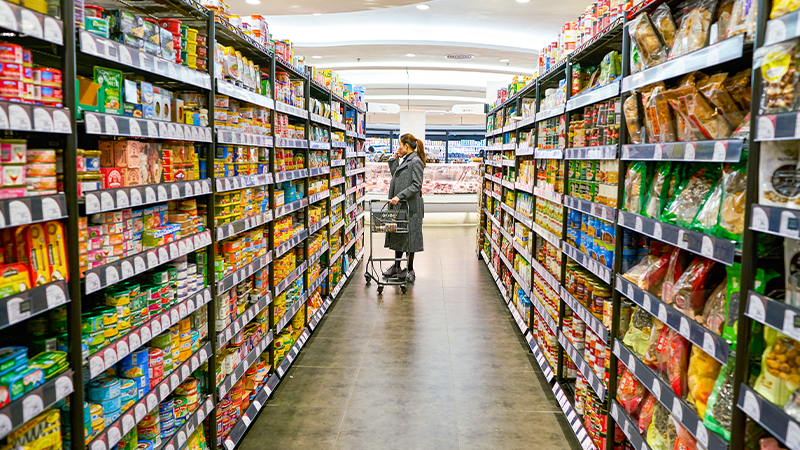Convenience stores have become a ubiquitous part of modern life, offering a quick and easy solution for busy consumers on-the-go. But who exactly shops at convenience stores, and what are their shopping habits? In this article, we will explore the demographics of convenience store customers and delve into their shopping behaviors.
Demographics of Convenience Store Customers
According to a recent study, the majority of convenience store customers are male, with 60% of shoppers being men. The age range of convenience store customers is quite broad, with the largest group being between the ages of 18-34. However, there is also a significant number of customers over the age of 55, indicating that convenience stores are not just for younger generations.
In terms of income, convenience store customers tend to be lower-middle class, with an average household income of $40,000-$60,000 per year. This suggests that convenience stores are an affordable option for those on a budget.
Shopping Habits of Convenience Store Customers
Convenience store customers tend to be frequent shoppers, with 60% of customers visiting a convenience store at least once a week. The most common reason for visiting a convenience store is to purchase snacks and beverages, followed by cigarettes and lottery tickets.
Interestingly, convenience store customers also tend to be impulse buyers, with 80% of purchases being unplanned. This highlights the importance of product placement and marketing strategies in convenience stores.
In terms of payment methods, cash is still the most popular option, with 60% of customers using cash to make purchases. However, the use of mobile payments is on the rise, with 20% of customers using mobile payment options such as Apple Pay or Google Wallet.
Conclusion
In conclusion, convenience store customers are predominantly male, between the ages of 18-34, and have a lower-middle class income. They tend to be frequent shoppers who make unplanned purchases, with snacks and beverages being the most common items purchased. As mobile payment options become more popular, convenience stores will need to adapt to meet the changing needs of their customers.

